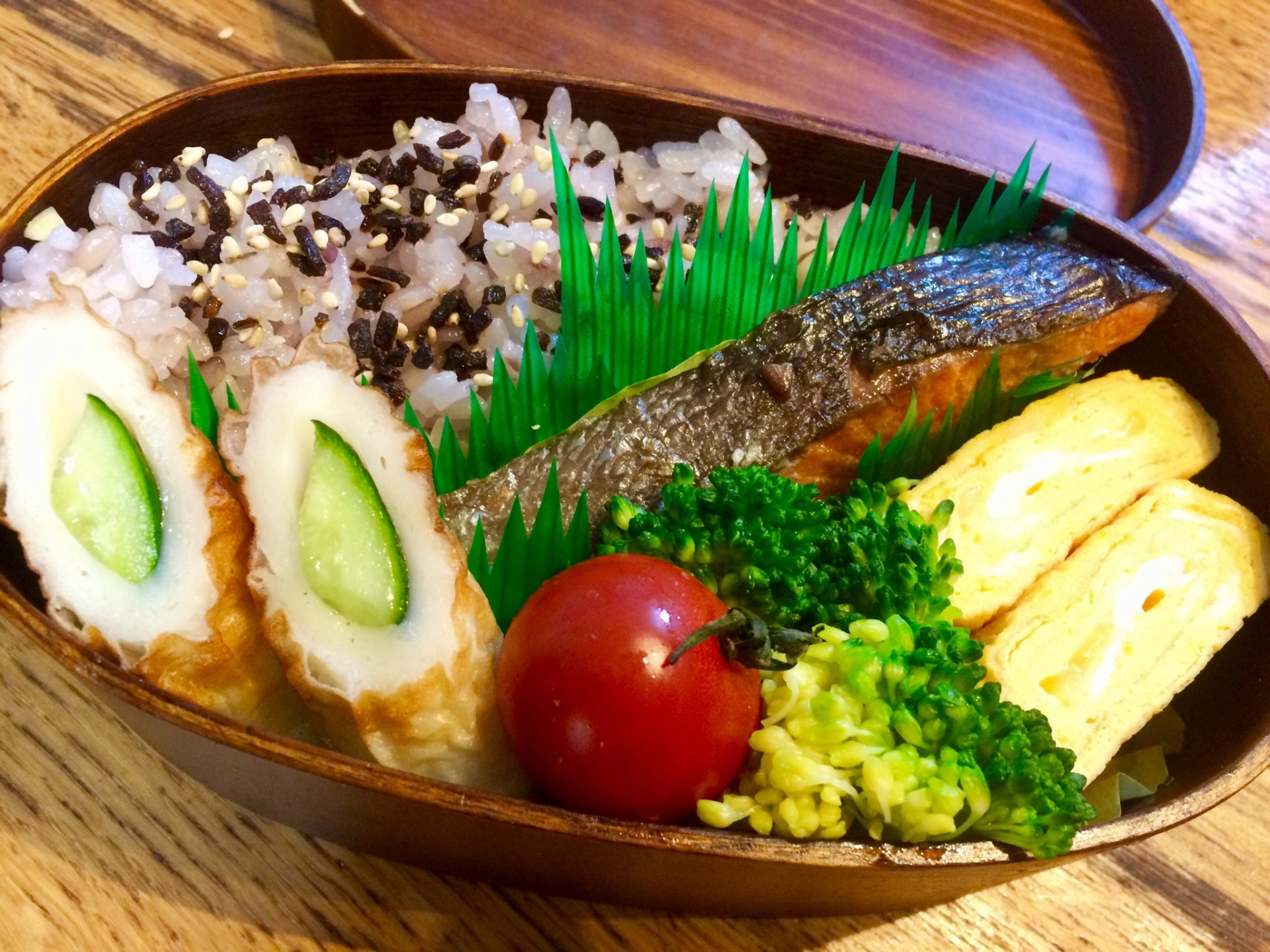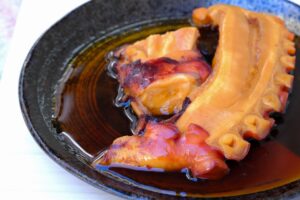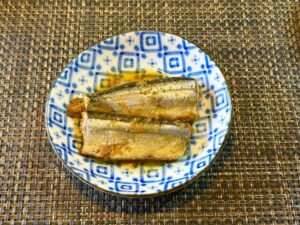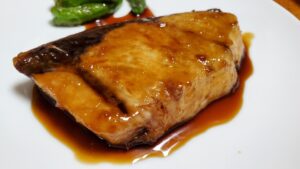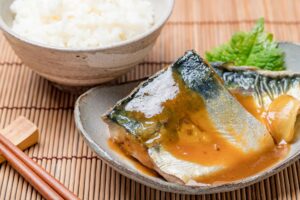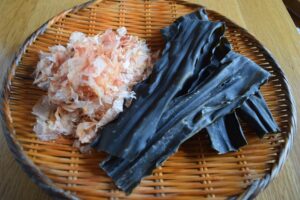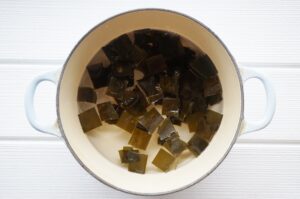Bento, a traditional Japanese lunch box, has captured the imagination of food lovers worldwide. More than just a meal, it represents a balanced lifestyle, creativity, and a deep-rooted cultural tradition. Whether you’re a beginner curious about its origins or someone looking to prepare your own, this guide walks you through everything you need to know about bento.
What Is a Bento Box?
A bento box is a compact, sectioned container for carrying a single-portion meal. Originating in Japan, it reflects values such as balance, care, and mindfulness. A typical bento includes rice, protein, vegetables, and side dishes, all arranged with attention to nutrition and visual harmony.
In daily Japanese life, bento plays a central role—students bring them to school, office workers pack them for lunch, and homemakers take pride in beautifully crafted meals. Unlike Western-style lunches that often revolve around sandwiches or leftovers, bento emphasizes diversity, presentation, and nutritional balance.
A Short History of Bento Culture
Bento dates back over a thousand years. In the Kamakura period (1185–1333), people carried dried rice called “hoshi-ii” in small sacks. During the Azuchi–Momoyama period (1573–1600), lacquered wooden boxes became popular for outings and theater events.
In the Edo period (1603–1868), refined versions like “makunouchi bento” were served at kabuki performances. The Meiji era saw the rise of train station bento—or “ekiben”—offered to travelers. While elaborate bento declined during WWII due to food shortages, the postwar economic boom and rise of convenience stores brought about a bento revival.
Today, bento continues to evolve with modern health trends and global appeal, while staying true to its cultural roots.
What’s Inside a Traditional Bento?
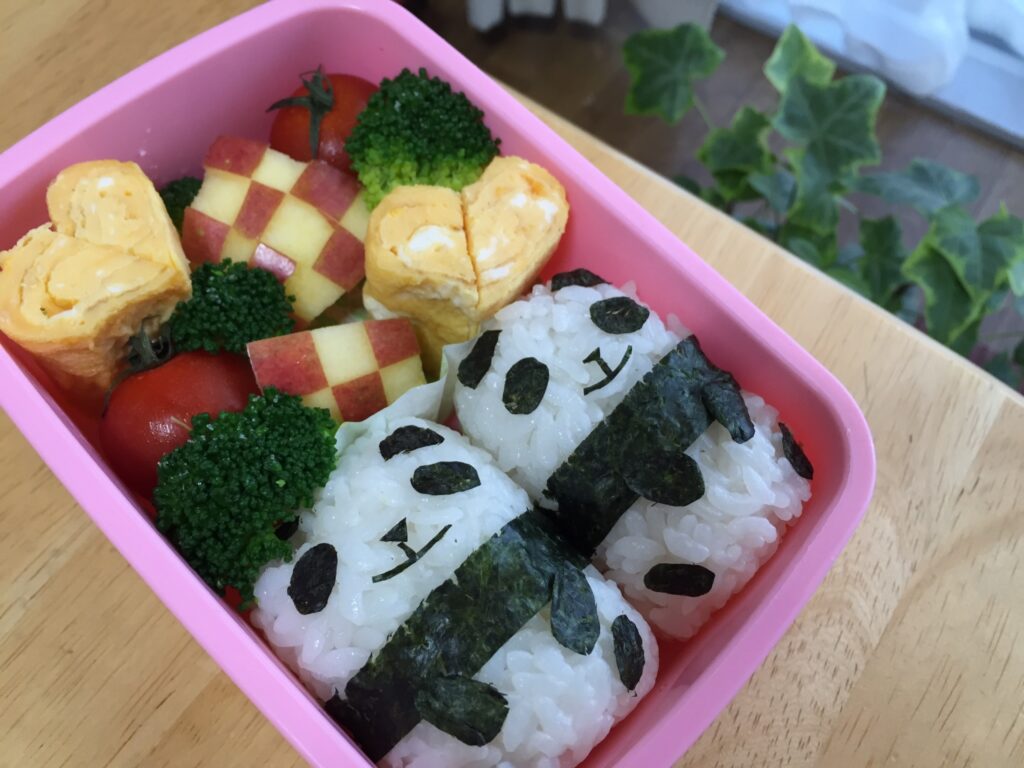
A traditional bento features thoughtful balance and presentation. Typical components include:
- Rice: Plain white rice, mixed grains, or flavored with sesame or furikake
- Protein: Grilled fish, karaage (fried chicken), tamagoyaki (Japanese omelet), or tofu
- Vegetables: Steamed, sautéed, or pickled—like spinach, carrots, and edamame
- Pickles: Umeboshi (pickled plum), takuan (yellow radish)
- Seasonal sides: Simmered vegetables or fruit slices
The “five-color rule”—red, green, yellow, white, and black—is commonly used to ensure nutritional balance and visual appeal.
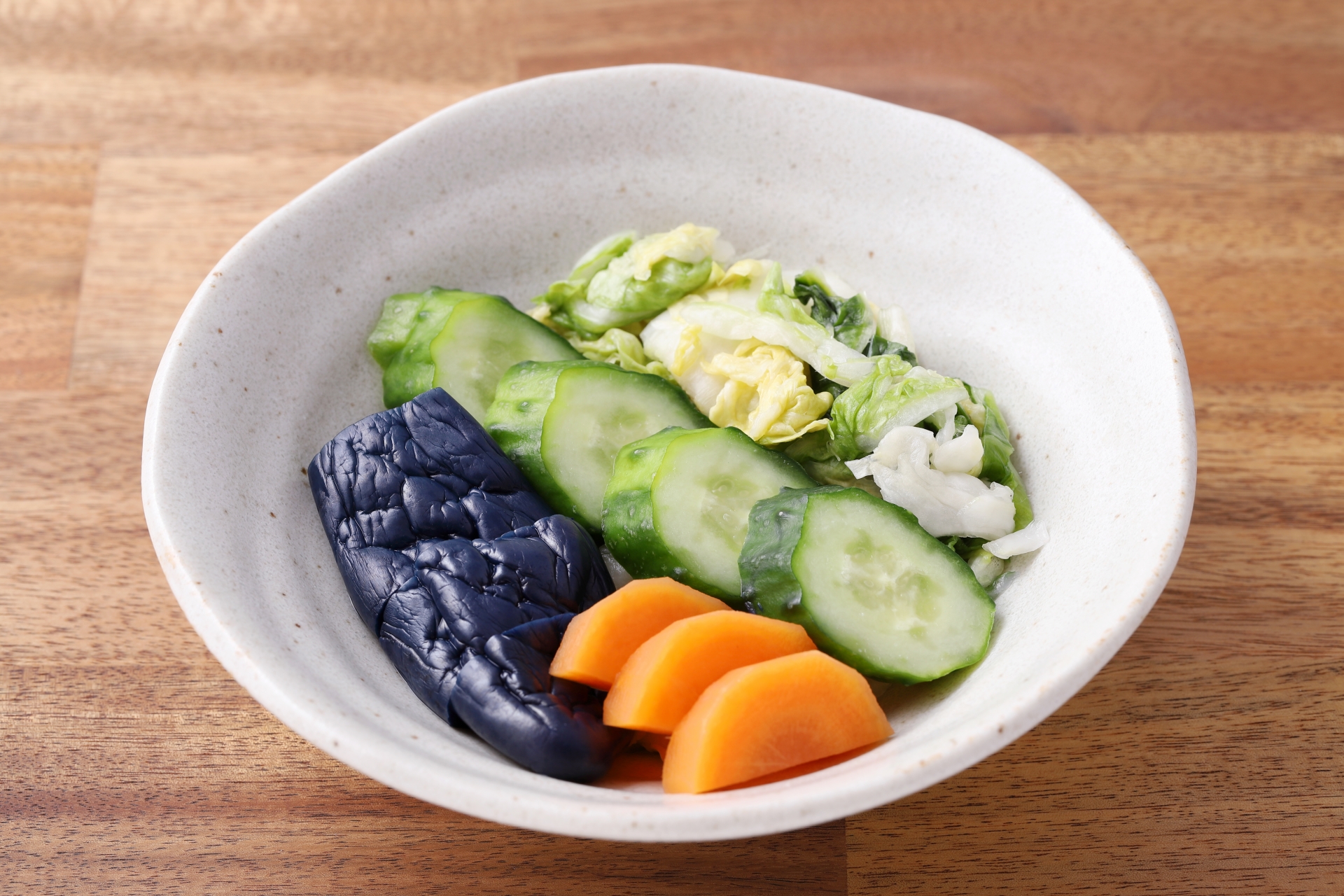
Nutritional Principles Behind Bento
The concept of “ichijuu-sansai” (one soup, three dishes) underpins Japanese meal philosophy and applies to bento. This structure promotes variety and portion control, unlike typical Western lunches that may overemphasize carbs or fat.
A well-balanced bento includes rice (carbs), one protein, and two to three vegetable sides. Some people also bring instant miso soup or use a soup thermos to incorporate the “one soup” element into their lunch. This flexible approach reflects modern adaptations of traditional dietary wisdom.
Types of Bento Boxes
Bento styles vary widely:
- Makunouchi Bento: Traditional multi-compartment meal often found in convenience stores
- Ekiben: Regional specialties sold at train stations
- Kyaraben (Character Bento): Cute and playful, made for kids with food shaped into cartoons
- Donburi Bento: Rice topped with hearty dishes like teriyaki or curry
Each type is suited to different settings, ages, and tastes.
How to Make Your Own Bento (Beginner’s Guide)
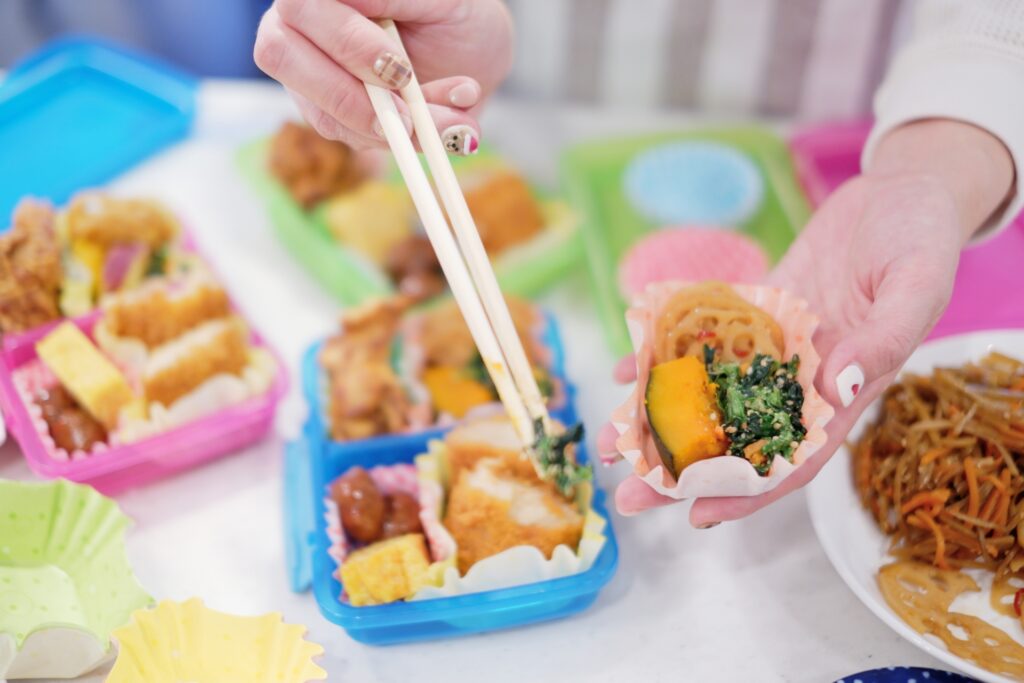
Making a bento is simple with a little planning. Here’s a step-by-step guide:
- Choose your base: In Japan, plain white rice or mixed grain rice is standard. Onigiri (rice balls) are also popular. In warmer months, people may pack chilled somen noodles or pasta. While quinoa is trendy in the West, it’s not commonly used in Japan.
- Add a protein: Fried chicken (karaage) and grilled fish are popular staples. Tamagoyaki and tofu are great, too.
- Include vegetables: Think broccoli, roasted sweet potato, pickles—aim for color and texture variety.
- Use leftovers smartly: Reuse stir-fry, curry, or simmered dishes from the night before.
- Pack strategically: Use silicone cups and dividers to separate wet and dry items.
Recommended tools:
- Compartmentalized bento box
- Silicone food cups
- Cute picks and food cutters
- Onigiri molds or rice shapers
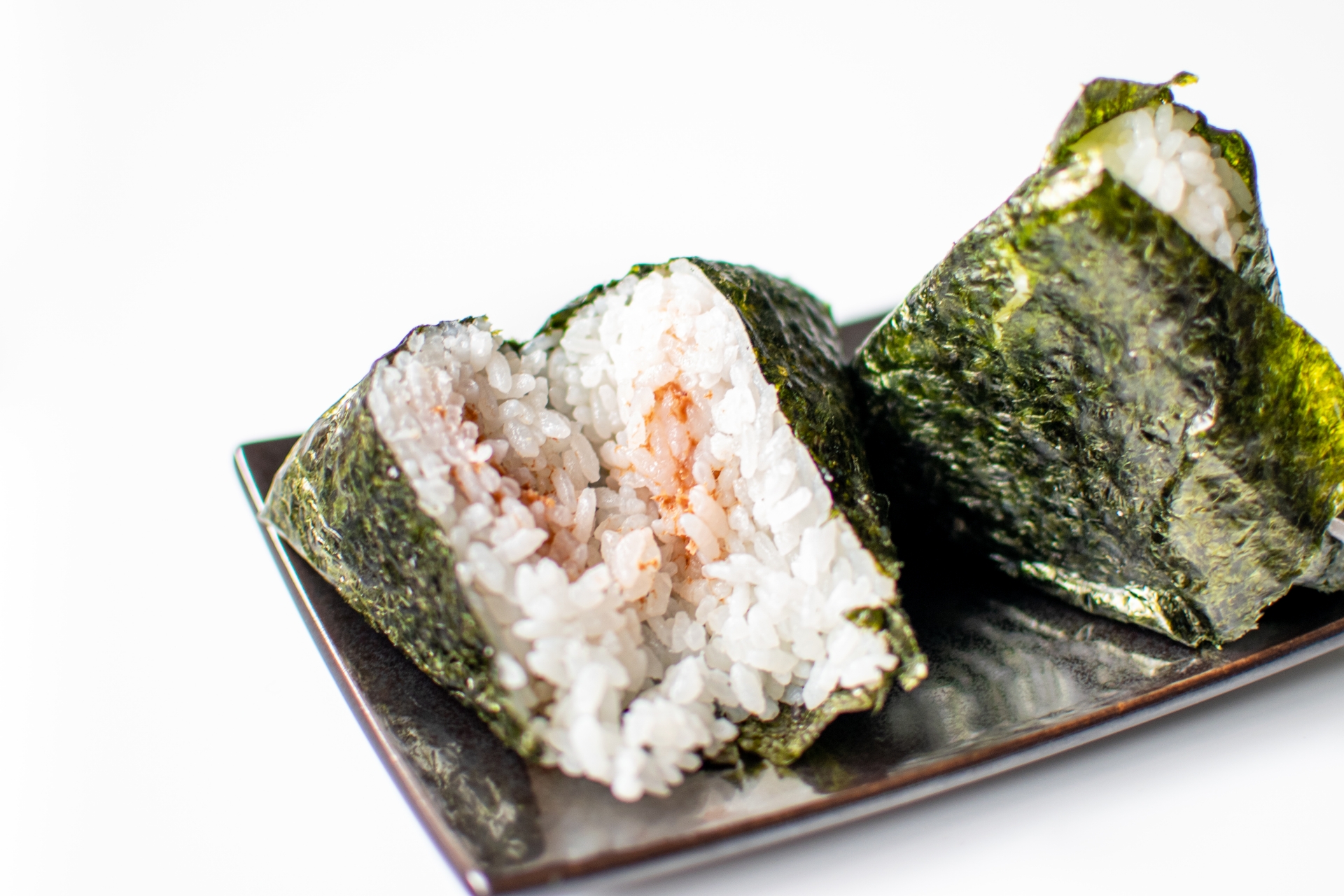
Bento for Adults vs. Kids: Key Differences
Adult bento tends to be practical and health-focused, featuring foods like grilled salmon and multigrain rice. Children’s bento, on the other hand, is colorful and playful—designed to be visually engaging and fun.
Nutritionally, kids’ bento emphasizes energy, calcium, and iron. Adults might prioritize fiber, protein, and healthy fats.
Vegan & Vegetarian Bento Ideas
Plant-based bento options are easy and delicious:
- Protein: Grilled tofu, chickpea patties, tempeh
- Carbs: Brown rice, soba noodles, or even quinoa
- Veggies: Roasted root vegetables, pickled cucumbers, sautéed greens
- Sides: Seaweed salad, miso-glazed eggplant, edamame
Example combo: brown rice, teriyaki tofu, sesame spinach, pickled radish, and orange slices. Use tamari for a gluten-free option.
Hygiene Tips for Making Bento
Ensure food safety by following these practices:
- Fully cook all ingredients
- Let rice cool before sealing to prevent condensation
- Use antibacterial items like pickled plum or vinegar
- Wash containers and utensils thoroughly with hot water
- Use insulated bags or ice packs when storing for hours
These precautions are especially important in warmer weather.
Where to Buy Bento Boxes and Tools (U.S. Edition)
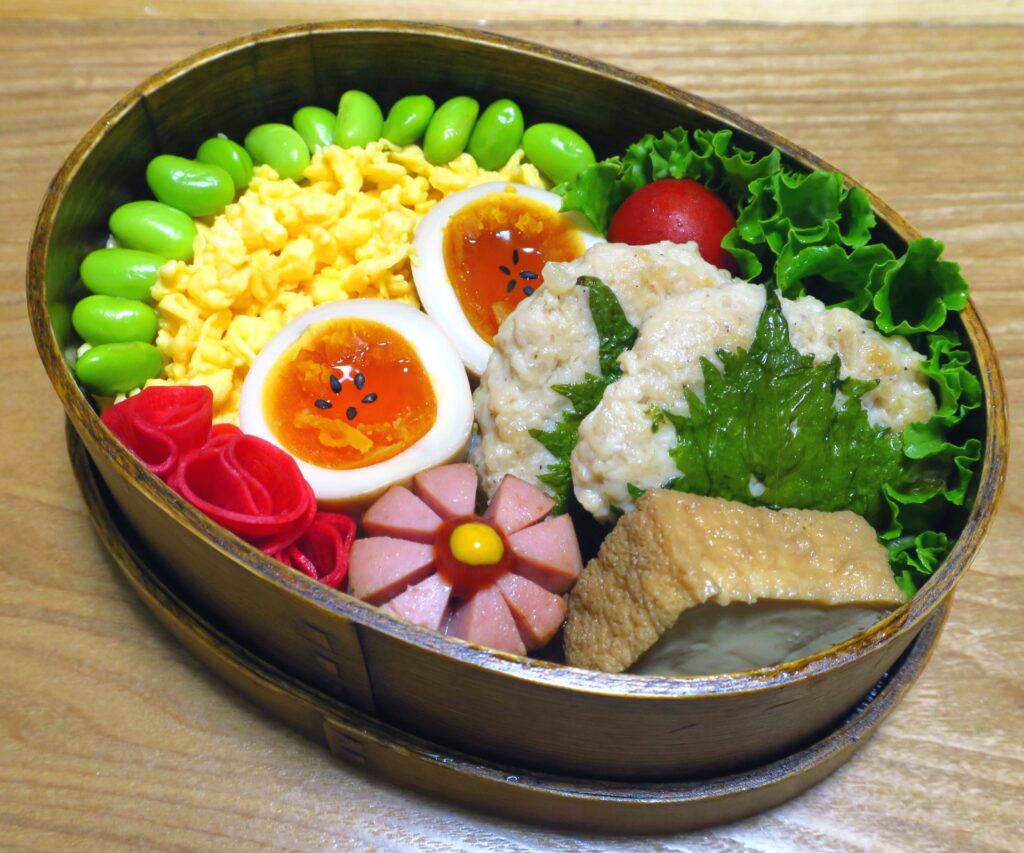
| Store | Products Offered | Price Range | Notes |
| Bento&co | Authentic Japanese bento boxes | $$-$$$ | High-quality, imported |
| Amazon | Wide variety of brands/styles | $-$$$ | Fast shipping, great selection |
| Daiso USA | Affordable plastic bento gear | $ | Ideal for beginners |
| Muji USA | Minimalist, durable designs | $$ | Aesthetic and long-lasting |
Material & Function Comparison
| Material | Pros | Cons | Best For |
| Plastic | Lightweight, microwave-safe | May stain or absorb odors | Beginners, daily use |
| Stainless Steel | Durable, odor-resistant | Not microwave-safe | Commuters, eco-conscious |
| Wood (Magewappa) | Breathable, enhances rice flavor | Requires hand-washing | Traditional enthusiasts |
| High-tech | Self-heating, smart features | Expensive, limited options | Gadget lovers, travelers |
Bento Box as a Cultural Symbol
Beyond nourishment, bento expresses care and connection. In Japan, parents craft bentos to support and comfort children. Homemade bento for a partner or friend can reflect dedication and affection.
The act of giving, receiving, or sharing a bento carries cultural meaning. In schools, bento is part of daily life. For adults, it offers a mindful, healthy moment amid a busy day.
Conclusion: Why Bento Boxes Matter Today
In an age dominated by fast food and busy routines, bento offers a meaningful alternative: a well-balanced, creative, and intentional meal. It represents a lifestyle of thoughtfulness and wellness.
Whether you’re exploring Japanese culture, seeking healthier meals, or simply curious, bento is a fun and rewarding way to transform your lunch.
Ready to make your first bento box? Start with what’s in your fridge and enjoy the experience of Japanese-style meal planning!

